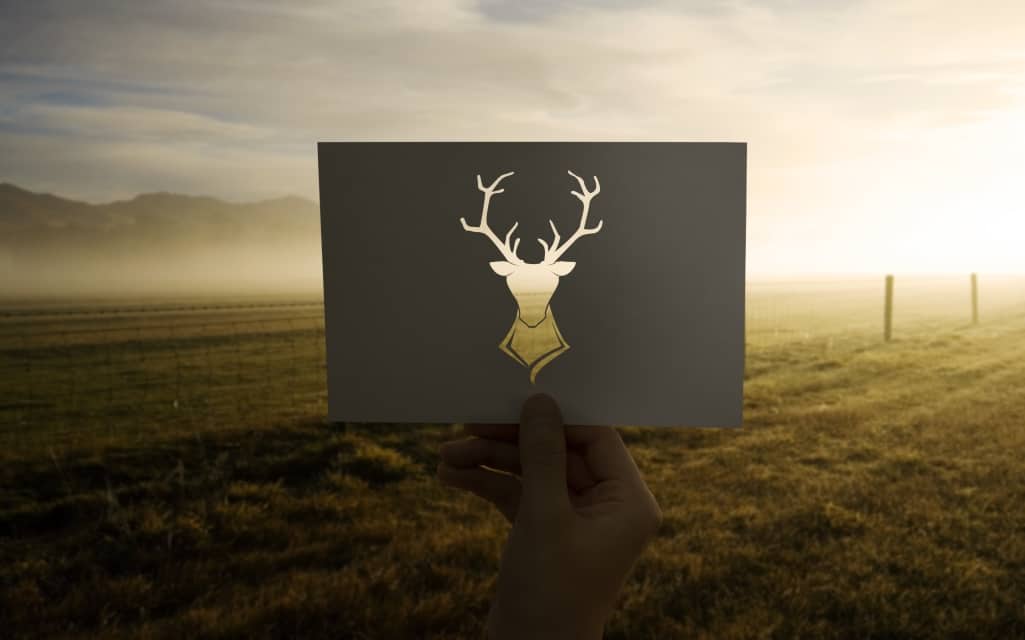There’s something special about spotting deer in the wild. It’s a moment many people want to capture and remember. Unfortunately, not everyone lives close enough to the wilderness or has the time to spend looking for deer. If that’s the case perhaps look out for them at your nearest deer park.
Either way, you are looking for the best photo opportunities. Here’s a quick lesson on shooting them so you get the perfect shot to take home and enjoy over and over again.
1. Finding deer
There are many different types of deer. To start off you need to find the deer. This can be a challenge, so if you can’t find them easily look out for the following:
– Search for hoof prints, fresh dung and tracks
– Listen for the loud bellowing of stags
– Trees stripped of bark are a telltale sign that the deer are in the area
If you live in an area where deer are present you may also want to consider investing in a deer feeder to attract them. There are many different feeders on the market, check out Feed That Game for a comprehensive list of feeders, including the pros and cons of each model.
It’s important to remember that deer are wild animals and when you observe them you must respect them and their environment. Keep very quiet and avoid making sudden movements.
Deer have a sharp sense of smell and can detect humans quickly, so a top tip is to avoid using too many skin care products that are heavily scented before you go out searching for deer.
Stags with high testosterone levels can be aggressive so don’t get too close. Always remember you are on their territory! Doing your research about deer behaviour before you go on a shoot will aid you in being more prepared too. And remember to always move slowly if you’re very near a deer.
2. Covering the basics
Basic photographic principles apply to deer photography too. Keep in mind the rule of thirds, a simple method to get great photographs. Your camera should have a function where you can overlay a grid on your image. The grid is made up of three horizontal lines and three vertical lines and the rule of thirds simply means to photograph your subject in a third of the photo instead of in the middle.
A telephoto prime lens is worth considering as is a zoom lens. You do not need a great deal of magnification to take photographs of deer as they are fairly large animals. Minimum focal length range should be 70 – 300mm with 200 – 400mm most ideal. Aperture priority is recommended for shooting deer as then you can select the best depth of field that works for the shot.
3. What about the rut?
You’ll have come across this word when researching deer. Basically, the rut is the mating season of the deer. The most active times for rutting deer are early morning and evening. This is an excellent time for some great photographic moments but be aware there can be some bloodshed between aggressive fighting males.
The increased testosterone results in more aggression than normal and an interest in females. Males will create harems and guard them as best they can. The males may mark themselves with mud or urinate to make themselves more attractive to the females. Photoshooting during this season is a must as you can capture these males fighting one another for the attention of the females. Quite something!
4. It’s all about the eyes
We look each other in the eye and the eye truly is the window to the soul. Therefore, to capture these soulful animals, focus on getting the eyes (or at least one eye) in sharp focus. This will instantly make a better photograph; blurry eyes just won’t do!
5. Low-light can work
Don’t give up if there are low light conditions especially as the sun goes down. This is the perfect time to photograph silhouettes or motion pan running stags or a moving harem. A tripod is important in low-light conditions as is a high ISO. Consider wearing camouflage clothing in oranges, yellows and reds as deer struggle to see these colours



